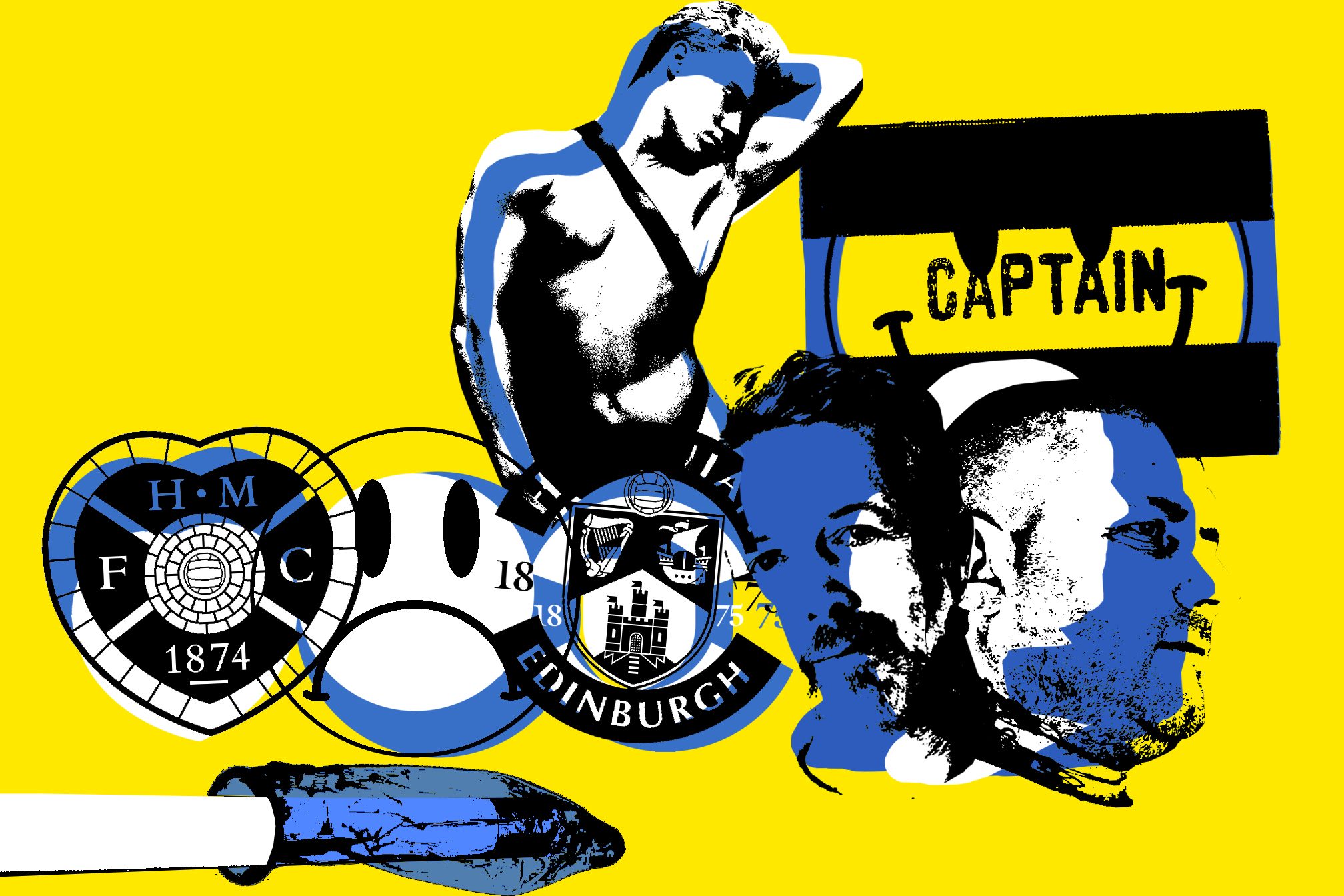 Scene reports
Scene reports
Raveheart: How house music exploded in Scotland
Home of the rave, land of the e
“In 1988 we would put on parties in a friend’s basement which were full-on day-glo madness and Mr Lee’s ‘Pump Up Chicago’ was one of the hits of those parties mainly because everytime the line ‘pump up London’ came up, everyone would shout “Scotland!””
JD Twitch, Optimo (Espacio)
Scotland’s pre-eminence in matters electronic is undisputed. Whether it’s newly established DJs like Jackmaster or Jasper James, producers like Rustie or Hudson Mohawke, veterans Slam or Harri, there’s a conveyor belt of talent that is disproportionate to the size of the country – due in no small part to its vibrant club scene.
Although much of the 1988 acid house story is usually focussed on either London or Manchester, each region in the UK has its own story to tell and, in the case of Scotland, a whole nation that found itself dancing to a new and revolutionary rhythm; with house’s universality and rawness finding an echo in the tenements and inner cities throughout the Caledonian diaspora.
The unheralded godfather of the Scottish electronic scene is a largely forgotten figure now. These days, Paul Welsh produces pop documentaries for Radio 2, but in the 1980s he was a trailblazing DJ and among the first to introduce mixing into Scottish nightclubs. Welsh started DJing aged 12 at his local Glasgow youth club and made the Scottish finals of the DMC Mixing Championships at 17. “I didn’t win,” admits a deadpan Welsh. “The guy that won was scratching with a condom on the end of a snooker cue, doing a handstand.”

Welsh had discovered mixing via the pages of James Hamilton’s hugely influential columns in Record Mirror (and later DJmag). “He was my hero,” says Welsh, who met Hamilton when he judged the Scots’ DMC finals. Welsh’s first residency was at Jamaica Inn in Jamaica Street in Glasgow. The club later turned into Lucifers and then the Sub Club, where Welsh played alongside James ‘Harri’ Harrigan, who recalls Welsh’s skills behind the decks: “He blew me away with how he could put records together in such a smooth fashion.” Another pair who were influenced by Welsh was Slam, who used to go watch Welsh play at Fury Murrys. “Paul was one of the first guys in Glasgow I heard mix,” confirms Stuart McMillan. “He came into our circles through his girlfriend Fiona who myself and Orde worked with at the time. He would bring his mix cassettes into the bar we all worked in.”
By the time house started to become part of the nightclub menu, Welsh was already an established DJ. “When house kicked off,” he says, “I’d already had five years’ experience of mixing dance music. So when house came along it was…. easy.” Welsh also secured a job as a radio presenter, firstly at Northsound in Aberdeen, where he introduced a mix show called Mix Master, several years before the Essential Mix was established on Radio 1. A year later he was headhunted for a job at Radio Clyde, where he stayed for 15 years, bringing his mixshow concept with him.
A strange quirk in Scotland’s love affair with electronic music was its appreciation of Hi-NRG and Italo-disco, a pneumatic style of music that, elsewhere, was mainly popular in gay clubs. Scots’ lore says that the biggest selling 12-inch single of all time is Man 2 Man’s gay anthem ‘Male Stripper’ and Scottish sales propelled it onto Top Of The Pops. According to some the fad for Hi-NRG had peaked and gone by 1982 and often clubs would implement a “No Hi-NRG” policy, but that didn’t stop clubbers asking for it. “Why did they have this policy?” queries DJ Roual Galloway. “Mainly because it generally attracted the wrong crowd to the one that we wanted. But being asked for Hi-NRG was a recurrent theme throughout nights of DJing during those times.”
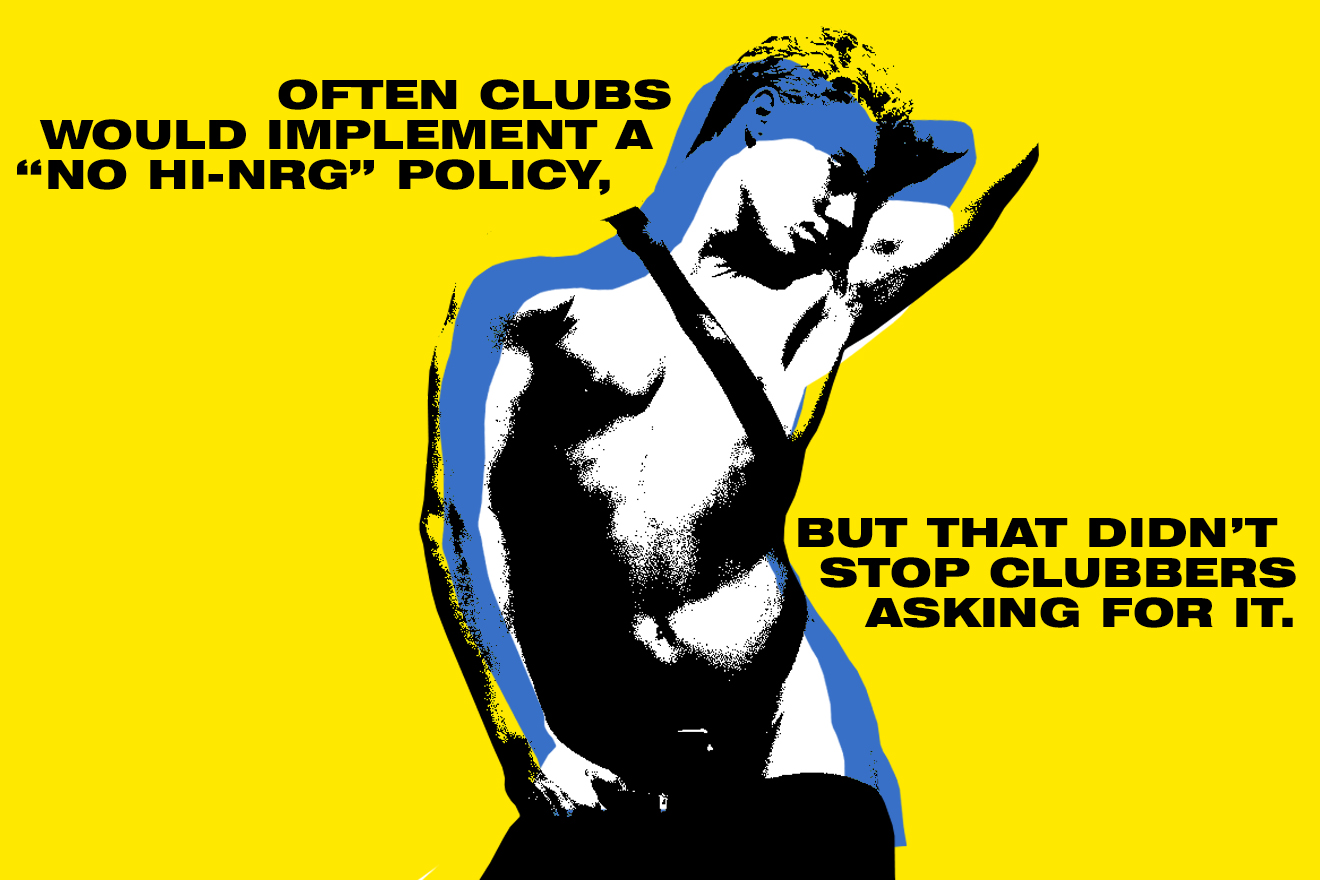
In Edinburgh, among the earliest champions of house were the gay clubs, including the long-running Fire Island in Edinburgh (they ran an early house night called Block), run by the recently departed Bill Grainger, as well as Bennetts in Glasgow. “In those clubs, you’d start to hear house music coming,” recalls Optimo’s JD Twitch. “I think initially the DJs that were playing it were perhaps they weren’t even aware this was this new thing it was just these records coming from Chicago that fitted in and didn’t sound that rabidly different from the Italo-disco that they’d been playing.”
Edinburgh’s straight scene in the mid-80s consisted largely of two main clubs, the Hoochie Coochie Club, run by Allan Campbell and a Sunday night called Manifesto that was run by post-punk band the Fire Engines. Two Englishman who found themselves in the city almost simultaneously were Yogi Haughton, a northern soul DJ who’d fallen for a local girl and relocated, and Fred Deakin, later of Lemon Jelly, who came to study in the city. “You had all the minor pop stars, like Fire Engines and Win, James Locke out of the Chimes and Paul Haig,” Deakin recalls of the Hooch’s clientele. “They’d all hang around and pick up the more attractive students and flaunt their minor celebrity left, right and centre.”
Haughton felt the city’s musical menu was backward and brought in 12-inches for the DJs to play, until in 1986 he was invited to start DJing at both the Hooch and Manifesto: “I was playing everything from northern soul to hip hop, from disco to new release techno and house.” Through his sets at the Hooch and The Sub Club in Glasgow, he was brought in to play at a new night in Motherwell, Club 9, promoted by another northern soul enthusiast, Jimpy Simpson, firstly at the Garrion Hotel and later at the Hattonrigg Hotel (they also did all-nighters in Motherwell Civic Hall). Gareth Sommerville, who was later resident DJ at key clubs Truth and Ultragroove, remembers his early house excursions at the Hooch: “It was the club. The all-nighters were insane. I heard Phuture’s ‘Slam’, Mayday’s ‘Wiggin’ and ‘Nude Photo’ there and it was life-changing stuff.”
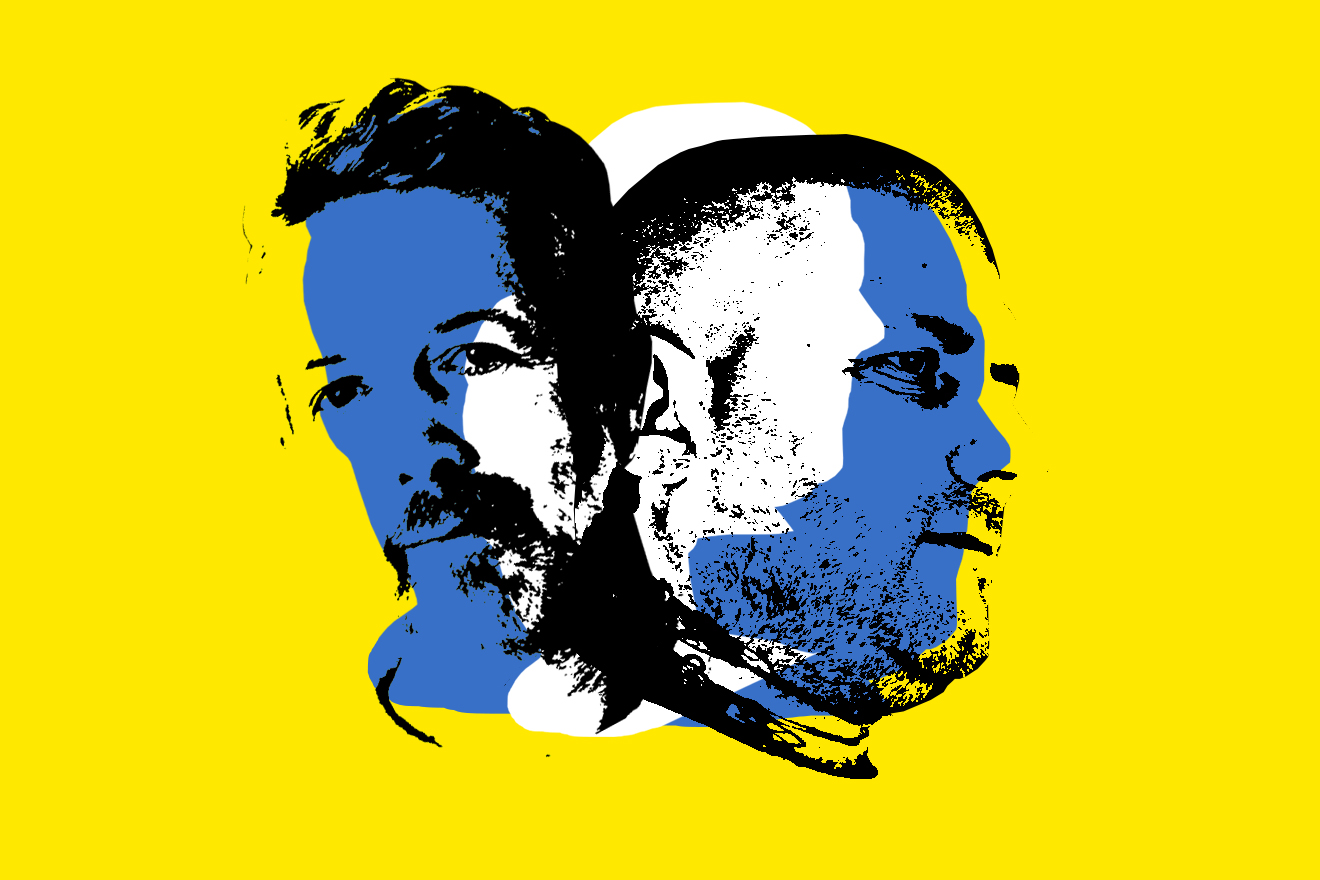
Deakin’s most successful night was called Thunderball which, at one stage, was pulling crowds of two thousand. “We had all sorts of stupid stuff, casinos, bouncy castles so it was very like a rave except it wasn’t acid house all night,” says Deakin. “We ran at the Assembly Rooms, took the whole place and rammed it. It was quite a big deal in Edinburgh at the time, without wanting to blow my own trumpet.”
Elsewhere in Scotland, other nights incorporating house sprang up. In Dundee, both Phil ‘Ned’ Jordan and Dave Calikes championed the new sound at Dundee’s long-running Fat Sam’s, as well as various parties in the area (both tragically died young). Another early night was Aberdeen’s Fever, which grew out of the Bang Club. It was promoted by Jim Rennie and Mike Grieve, whose first party in Aberdeen was with Harri, with DJs Jacqui Morrison and Elvis. Grieve now runs the Sub Club in Glasgow.
In July 1988, Slam started the first dedicated house night in Glasgow at Tin Pan Alley as the influence of ecstasy started to take hold on the city. Harri was also playing regularly there at a night featuring Lars Sandberg and The Haçienda’s Jon Dasilva. “The big shift was when Slam did a party and had the balls to charge £15,” claims Fred Deakin. “They were the first people to say, ‘We’re putting on an event and it can’t be a fiver to get in, it has to be £15’. At the time it was like, ‘What the fuck are you talking about?! No one’s gonna pay £15.’ But they had the balls to do it and got away with it. Slam were streets ahead.” The party in question, at the Tramway in Glasgow, was the night that cemented electronic music in Scottish culture, featuring 808 State, Rebel MC, Inner City and, of course, Slam.
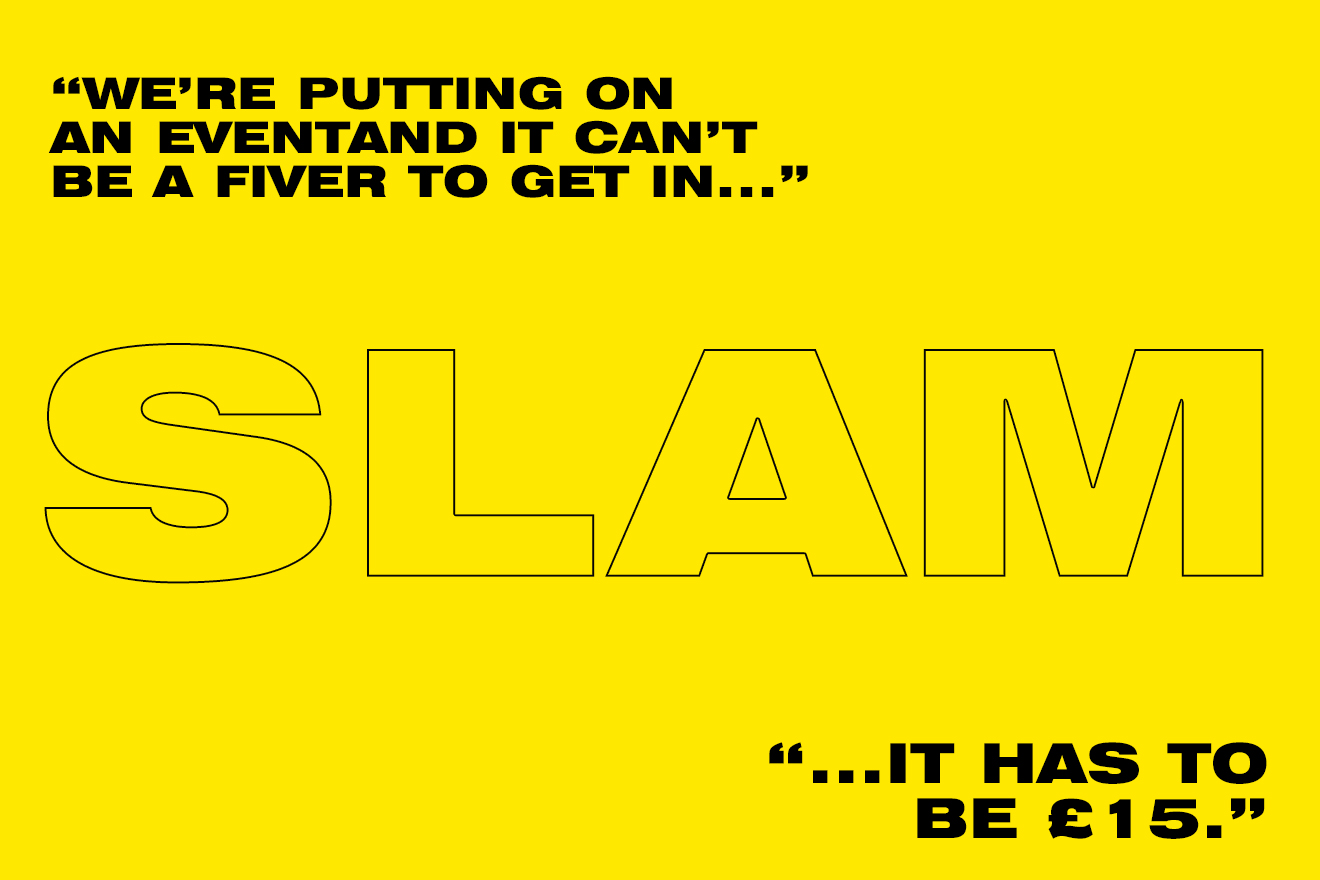
“The marketing for it was genius,” says JD Twitch. “They had these posters and to start off it said ten weeks to go; then six weeks to go. When they announced it had sold out and instantly the whole city was abuzz, people going crazy to get tickets. It was a pivotal night.” Such was the chaos on the night that police had to close all the roads around the venue, with coaches arriving from all over Scotland. Harri also had a ticket: "All I remember about that night is I was intending to go there but me and some other guys did magic mushrooms and never made it. We were lost in Glasgow.”
“We went from small residencies to doing this party at the Tramway theatre where as many people were locked outside as could get in” remembers Slam’s Stuart McMillan. “The scene went from quite underground to utter hysteria in the space of months. You really could feel you were living through some sort of revolution”
While Glasgow was about to lift-off, Edinburgh was dogged by problems with football casuals and the traditionally fierce rivalry between the two primary Edinburgh clubs, Hearts and Hibernian.JD Twitch briefly ran a precursor to his legendary techno night Pure called UFO. “Our club was in a Hibs casual area and Paris Angels, who had a connection with Hearts because loads of their fans turned up. The lead singer made some pro-Hearts and anti-Hibs comment and it just kicked off. It was like a barroom brawl. Tables were flying. A friend of mine had done his first ever E and he was cowering under the mixing desk in tears. About 50 police came in and surrounded the dancefloor brought two coaches and arrested about 100 of these casuals.

Then the end of the police told us you can’t do this club anymore. So we decided we’d do a members club, get some extra security in and they gave us permission to do that. That became Pure and actually that fight was the best thing that could have happened because it was a clean slate. We thought we’re going to play exactly what we want to play. So for Pure there was a synergy of being in exactly the right time and place as the rave thing exploded. It was mobbed from week one.”
This wasn’t the only incident involving Edinburgh’s terrace culture. “I witnessed two club nights close in one weekend in the summer of 1990,” recalls Gareth Somerville, resident at influential Edinburgh clubs Truth and Ultragroove. “Yogi Haughton’s Fuse night at Carlton Studio came to an abrupt halt after a full scale brawl on the dancefloor. My two memories of that incident are the other DJ Peter Ellen and I ducking for cover in the DJ booth after he was struck by a flying Becks bottle and Yogi outnumbered and taking a bit of a beating. The next night, the Hibs Baby Crew stormed the door at The Mission in Victoria Street, closing the club early. These two incidents put Edinburgh’s club scene under a dark cloud for a good couple of years.” Even Deakin’s Thunderball was targeted by casuals and a bout of uncharacteristic violence one night killed his party stone dead. “It broke my heart because it was my first big hit,” he confesses.
Despite issues in Edinburgh, these waves rippled out into the Scottish hinterlands, where parties were started in Ayr and Motherwell, Dunfermline and even Shotts, a small mining town between Edinburgh and Glasgow. Big party organisers joined the fray. The first was StreetRave, later Colours, whose first party was held on September 10th 1989 in Ayr Pavilion. “The Pavilion reminded me of Wigan Casino,” remembers clubber John Neilson. “It was dirty, dark, dull, sweat dripping off the ceiling. The place mobbed, bodies everywhere, a throwback to the ’70s.” Event organiser, Ricky Magowan, another product of Scotland’s casual scene, went on to throw huge parties everywhere from airports to ice rinks.
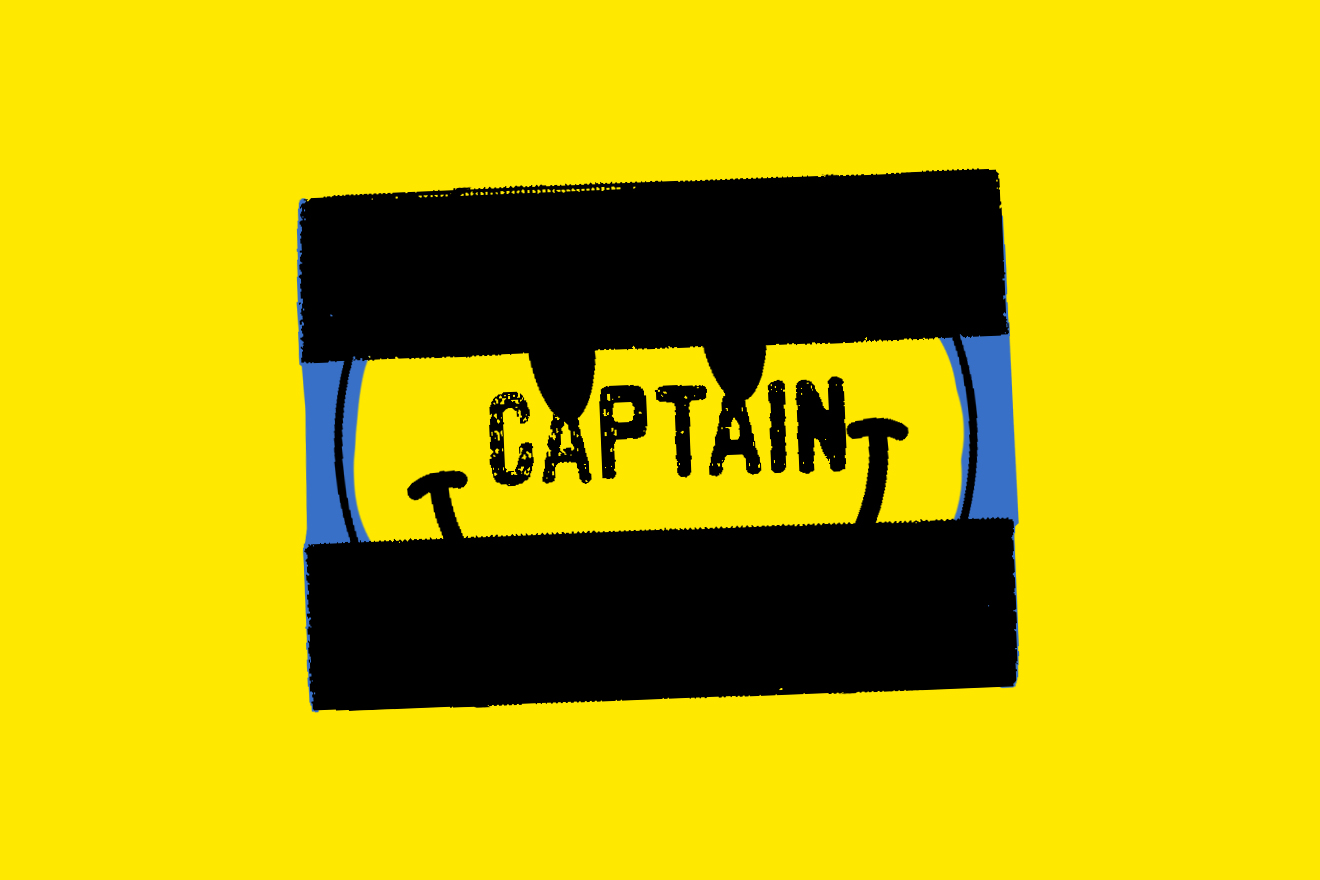
The Pavilion later became known as Hanger 13, one of Scotland’s pottiest rave nights, before being closed after three clubbers died as a result of ecstasy taken in the club. Although Hanger 13 was cleared of any responsibility - its story uncannily similar to Fabric’s two years ago – it was still closed by the authorities who refused to renew its license. Rezerection, which threw its first major rave in Edinburgh’s Royal Highland Centre, was started by Paul Ludford, who came from Kitchenware Records in the north-east of England (Prefab Sprout’s original label). Ludford was later involved in T In The Park.
At its height, it seemed like everyone wanted in on the action. Harri cites an incident one night at the Sub as an example: “I remember the captain of the Scottish football team, off his face, trying to order drinks at the cloakroom.”
The success of the Scottish scene can be seen in an infinite variety of ways, from the peculiar beauty of Boards of Canada’s music, the commercial triumph of Calvin Harris or the residency of Harri (and Dominic Cappello) at the Sub Club, almost certainly the longest running in the world; all tributaries from the same source. Even now, 30 years down the pipe from those early house parties, Scotland still carries the same energy and enthusiasm for the rave it always has (for evidence check the hilariously swift filling of the Slam tent at T IN The Park, 2015).
Scotland the b(rave).
Bill Brewster is a regular contributor to Mixmag, follow him on Twitter



